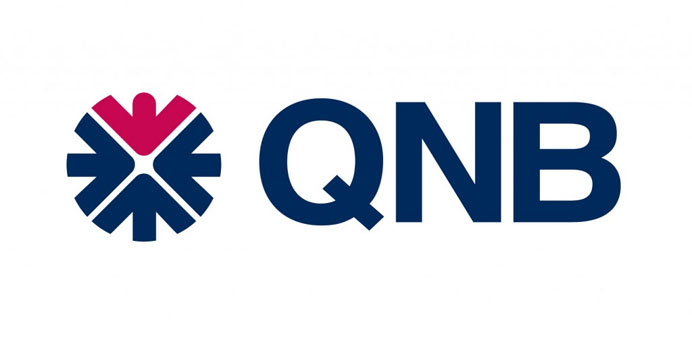By Pratap John/Chief Business Reporter
|
|
Qatar’s overall balance of payments have swung to a $16bn surplus in 2012 from a $14bn deficit in 2011, which reflects changes in the country’s international reserves, the Qatar National Bank (QNB) said in a report.
The 2011 deficit was mainly due to large capital outflows for investment abroad and occurred despite the rapid expansion in exports revenue, which had almost doubled since 2008 driven by higher hydrocarbon prices and increased production of gas and related products.
“We expect the overall surplus to shrink slightly in 2013- 14, mainly owing to slightly lower hydrocarbon prices resulting in a lower current-account surplus,” QNB said in its Qatar Economic Insight 2013.
Qatar’s international reserves have been steadily increasing since 2000 as foreign exchange receipts from exports grew. The pullback in reserves in 2011 was largely due to capital outflows for the purchase of foreign assets.
The recovery in reserves in 2012 occurred as the rate of investment outflows slowed.
QCB’s foreign exchange reserves were at $33.1bn in 2012. This would provide cover for more than 16 months of imports, which is well above the IMF suggested minimum of three months.
International reserves include the central bank reserves, reserves with the IMF and gold.
“We forecast international reserves to move up gradually in 2013-14, even though investments overseas remain strong,” QNB said.
Qatar’s current account surplus has expanded, driven by strong export growth of 19% from 2008-12. Partially offsetting this increase, imports have grown at a rate of 5% during the same period and non-physical transfers abroad have grown.
Non-physical outflows increased by 27% from 2008-12, mainly owing to an increase in the repatriation of workers’ remittances and company profits as corporate and individual incomes have risen in line with Qatar’s rapid economic growth.
Transportation services’ payments are also a significant outflow under the current account, mainly consisting of transport costs related to the export of hydrocarbons and imports of goods.
Fixed exchange rate: Qatar’s fixed exchange rate provides stability and encourages foreign investment, QNB said. Qatar operates a fixed exchange rate system with the Qatari riyal pegged to the dollar at $1 = QR3.64 since 1981.
This means that official interest rates in Qatar closely follow those set by the US to avoid arbitrage pressure on the peg.
“Although the currency peg limits monetary policy in terms of setting domestic interest rates, it helps to foster a stable macroeconomic environment, encouraging foreign investment, trade and economic growth,” QNB said.

